'Cycling eases the symptoms and gives me a strong sense of purpose': We need to talk about... Bipolar disorder
It’s one of the commonest long-term conditions yet it’s shrouded in stigma and misunderstanding. Chris Marshall-Bell meets two riders boldly speaking out about their experience
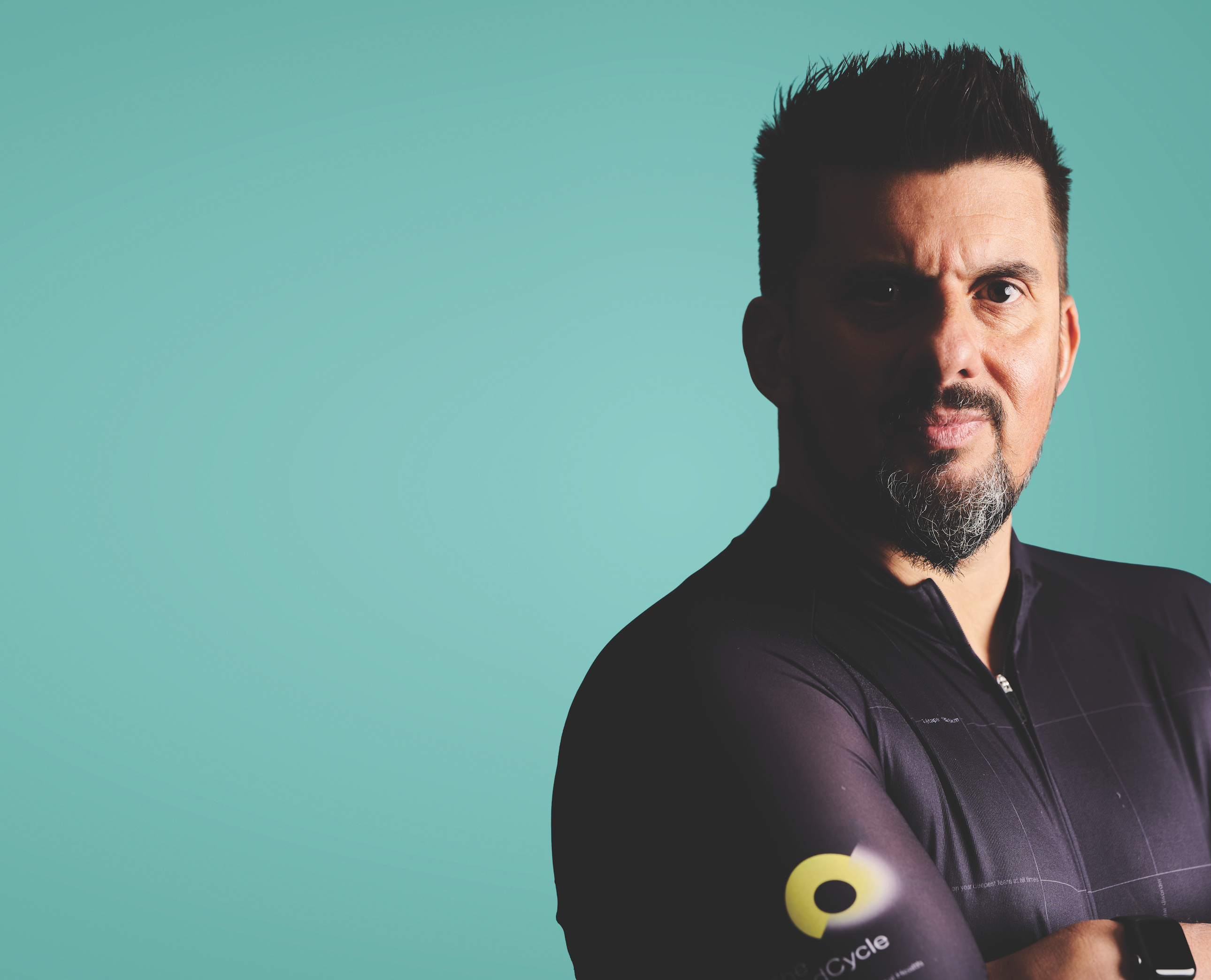

Looking back two decades, Rob Stephenson paints a picture of himself as a man cruising through life. He was 30 years old, the owner of a few London bars, with a handsome income and enjoying himself socially – at times “the complete life and soul of a party; an exhibitionist”. But there was another side to his character that was causing him increasing distress. The tall, wellbuilt rider, who is now 49, describes to me how, at other times, he suffered from spells of deep depression.
After going “off the rails” during a high-spirited period, Stephenson entered another phase of depression and could take it no more. “I lost all hope and was overcome by a complete sense of futility,” says the Kent-based rider. “At that point, I wanted it all to be over – I wanted to end my life.” Having been previously diagnosed with depression, he sought help again and was finally correctly diagnosed with bipolar disorder.
It is likely that you know someone with bipolar, quite possibly one of your cycling group – though they may not disclose the fact, of course. The condition affects one in 50 people, making it one of the commonest long-term conditions; as many as one in 20 of us are on the bipolar spectrum. It is a mental health disorder that causes extreme mood swings, from emotional highs called mania or (milder) hypomania to deep, depressive lows. Bipolar disorder can develop at any age, though most commonly during teenage years, and its cause is thought to be around 70% genetic.
>>> Read more articles from Cycling Weekly's WE NEED TO TALK ABOUT series <<<
Bipolar disorder and cycling
A former semi-professional basketball player, Stephenson began a journey of recovery that, almost 20 years on, has culminated in his becoming a powerful voice within the mental health community. As founder and CEO of FormScore, an app that scores a person’s mental wellbeing out of 10, he speaks publicly on the topic several times each week, and has been strongly supportive of Cycling Weekly covering the condition in this ‘Let’s talk about’ series.
Discovering cycling was a breakthrough moment for Stephenson. “It was a revelation for me, as it helped me to balance the condition on both sides,” he explains. “If I am in a state of hypomania, I can get out on the bike and that provides the outlet for the intense buzzing feeling I get. If I’m in a depressive phase, I know that if I can get on the bike even just for five minutes, it helps to combat the depression and it gives me a sense of achievement.” What is it about riding a bike that helps? “The rhythmic and mindful nature of cycling eases the symptoms and gives me a strong sense of purpose.”
Stephenson is one of millions living with bipolar: it is estimated that 2.5% of the global population have the condition, but less than half of those have a correct, formal diagnosis – that is a huge number of undiagnosed cases. A major issue is the misdiagnosis of the condition as depression, and getting a correct diagnosis takes on average nine years.
Get The Leadout Newsletter
The latest race content, interviews, features, reviews and expert buying guides, direct to your inbox!
Sarah Owen from Bipolar UK, who is co-author of Bipolar Disorder: The Ultimate Guide, says: “With the right treatment, self-management and support, it is completely possible for people with bipolar to live and fulfil their potential. The problem is that the right treatment and support in the UK isn’t always available. There are loads of barriers, including stigma, people not wanting to have a mental health issue, misdiagnosis and it taking a long time to find the right medication.”

Without a correct diagnosis, bipolar disorder can cast a long shadow
A former cat-two road racer with a 10-mile TT best of 19.40, Stephenson is no slouch, and in 2018 he rode the entire distance of the Tour de France on a static trainer to raise awareness of bipolar. In the process he raised 10,000 for MQ Mental Health. Do these big challenges have a therapeutic purpose too? “At times, bipolar can make it difficult to cycle,” he says. “If I am in a depressive period, it’s hard to do a training session, hard to prepare for a race. But cycling acts as a motivator, and I know it’s good for my mental health to be on two wheels. Knowing the bad places I have been in pushes me to get out on the bike.”
Stephenson does not shy away from the complex nature of the condition, the way it can seem a double-edged sword. “I have to be careful not to glorify it, but when I am in a hypomania state, I am buzzing – I have high energy, drive, and I know I can achieve a lot. That’s helpful if doing intervals, and my pain threshold is much higher so I can withstand higher efforts and loads.” Exercise has a moderating effect, he explains. “Cycling levels my bipolar out. It provides an outlet for the excessive energy I have when I’m heading into or am in an ‘up’ phase, and it can mitigate against a depressive period.”
Relief through riding
Another cyclist who can sympathise with Stephenson from a position of personal experience is Alan Velecky, a freelance business psychologist from Lewes in East Sussex. The 55-year-old has the form of the condition called Bipolar I, characterised by more severe manic episodes that at their worst require hospitalisation. “I was diagnosed in 2014 when I was 48,” Velecky explains. “From time to time, in social situations, I would find everything very funny and become almost hysterical. But there were also times when I’d go into a bad frame of mind, where I was very down and struggled to sleep.”
Prior to his hospitalisation and diagnosis, Velecky’s symptoms grew gradually more intrusive and unsettling. “I was getting more and more tired and was having hallucinations. I chose to go into a private hospital, as I couldn’t cope with normal life. I stabilised things through medication and therapy, but when I left the hospital my personal life started to fall apart.”
For Velecky there were “really bleak” moments. “I never thought too seriously about it, but there were times when it crossed my mind that I wouldn’t mind if I died. With the sleep issues, I’d have paranoid thoughts that the police or army were out to get me.” The seriousness of the condition cannot be overstated. One Bipolar UK study involving 1,000 people found that 59% of those with bipolar had tried to take their own life; the condition increases the risk of suicide 20-fold.
Thankfully, Velecky came through the lowest moments, and it was cycling – as well as his other sporting passions, running and orienteering – that helped him back onto a manageable track. “Exercise gives me a huge amount,” he says. “It gives me a good feeling. If I have gone out and done a hard session on the bike, I come back feeling great, physically and mentally relaxed. Cycling and running are what I structure my year around; they give me specific goals to train for. I can see the progression and that’s motivating.” An accomplished long-distance rider, Velecky has ridden Land’s End to John o’ Groats, as well as the South Downs Way Double in under 23 hours. In 2020, he completed the South Downs Way in eight hours 40 minutes, smashing his previous best time by 35 minutes. “I was really pleased with that – it gave me hope, made me feel that this isn’t something I have to be restricted by.”
Seeking treatment
Alan Curry is a psychiatrist at the English Institute of Sport who in 2019 published a narrative review addressing the impact of bipolar on elite athletes. “In milder forms, bipolar is compatible with training,” he says, “and there’s some evidence that soothing rhythmic exercise like cycling helps to stabilise the mood and is better for the illness.” However, there are of course drawbacks. “If the illness is in a severe phase, you can’t concentrate, may make bad judgments and can very quickly get into a distressed state. If you’re in a depressed or mania phase, it will interfere with your sporting performance.”
Bipolar is often referred to as an allergy of stress, and Curry emphasises the importance of eliminating stressful events during training. “Anything that can trigger an episode in your training has to be addressed. Exercise might be helpful in staying healthy and well, but it could also make bipolar worse if it causes stress. That’s why importance is placed on regular social rhythms, regular routines during the day.”
Velecky describes his bipolar as having been stable for the past 18 months, which he attributes to the combination of medications he now takes (see box). It was a lengthy process to decide on the course of treatment that worked for him. “It took me a while to accept that I needed to be on medication all of the time,” he says. “One of the drugs I take, Quetiapine – a mood stabiliser – can be sedating and it can lead to weight gain, which as an athlete isn’t ideal. I was always trying to reduce or not take the amount I would take. It was a few years before I decided that I had to prioritise my life being stabilised via medication over athletic performance.”
Velecky takes lithium in conjunction with an antidepressant and the Quetiapine, the latter ensuring he has a good sleep. “I’ve missed the end of countless movies because I’ve fallen asleep by 10pm,” he laughs. He takes the trio of meds as soon as he finishes exercising and leaves it another 24 hours before exercising again, to ensure that he gets as much of the medication out of his system as possible before his next training session.
How you can help riders with bipolar
Rob Stephenson delivers in-person and virtual speeches across the globe and says that his aim is to “facilitate openness and create a conversation around mental health because talking really does help.” He advises cyclists to help their fellow riders who may have bipolar in the following ways:
“We have to be careful with language. Casually using words like ‘lunatic’ or ‘mental’ to describe someone can be hurtful. Likewise using ‘bipolar’ to describe someone who is simply moody. These words can be damaging for someone coming to terms with the condition.”
“We need to refrain from saying ‘to commit suicide’. It dates back to when it was a crime for someone to take their own life, but today it’s not a crime, it’s a tragedy. ‘Commit’ puts the blame on the sufferer.”
“If you know a bipolar person and suspect they may be in a hypomania state, be that check and balance for them. Tactfully ask them if they realise that they are manic right now and that their decision-making is probably off.”
“Be there for them – having someone next to you who allows you to share your vulnerabilities makes such a difference. Cycling gives us these important moments, as we literally ride shoulder-to-shoulder alongside one another.”
“What we can’t do is fix someone’s mental illness, even if we all want it to go away. But what we can be is a good listener, available when they want to talk, and encourage them to get out on that ride.”
Stephenson takes a different approach. Being more susceptible to intense and prolonged depressive episodes, mood stabilisers such as lithium would not work for him; instead he takes the antidepressant sertraline. “I believe it helps me,” he says. “The other important factors are prioritising sleep and exercising when I can, as well as surrounding myself with people who bring me joy and who I am connected to.” He has worked out over time how to give himself the required balance and awareness. “I’ve found that cycling – and science backs this up – has been a key part in managing my depression. I know when I’m going into a manic state, and my wife knows even before I do – I’ll then know I need to be careful in the ensuing days not to be making massive decisions.”
A common trait among those with bipolar is embarking on impulsive decisions such as shopping sprees. “That’s great for cycling,” Stephenson laughs. “The amount of unnecessary Lycra and cycling equipment I have is amazing. I say that in jest and tongue-in-cheek, but I recognise that can be tragic for people with bipolar, as they can spend beyond their means. There are so many smaller facets of bipolar.”
Both Stephenson and Velecky speak candidly about the difficulties of living with an illness that can cause such erratic changes of behaviour, affecting not just themselves but those around them too. They have learned to live with bipolar, though, and have overcome feelings of shame around it.
Stephenson sums up: “I know now that being bipolar is just one part of me, not the thing that defines me. A father is another part, as is being a husband and a cyclist. At the onset it’s all-consuming; there is a lot of trauma and you have to come to terms with it, but now it is not the sole definition of who I am.” Velecky picks up the baton in agreement. “I wouldn’t define myself as bipolar,” he says. “I have it, I am OK with it, and increasingly the stigma is changing, but it’s a fact that a lot of people have lots of conditions. It just happens that this is mine. But it doesn’t define who I am.” What is his message for others coming to terms with the condition? “If anyone is newly diagnosed with bipolar and thinks it will limit their life and what they can do in a sporting sense, I’m telling them it really doesn’t have to. With the right medication and support, you can have a good life and do sport at a high level.”
This article was originally published in the 3 February 2022 print edition of Cycling Weekly. Subscribe online and get the magazine delivered direct to your door every week.

Thank you for reading 20 articles this month* Join now for unlimited access
Enjoy your first month for just £1 / $1 / €1
*Read 5 free articles per month without a subscription

Join now for unlimited access
Try first month for just £1 / $1 / €1
A freelance sports journalist and podcaster, you'll mostly find Chris's byline attached to news scoops, profile interviews and long reads across a variety of different publications. He has been writing regularly for Cycling Weekly since 2013. In 2024 he released a seven-part podcast documentary, Ghost in the Machine, about motor doping in cycling.
Previously a ski, hiking and cycling guide in the Canadian Rockies and Spanish Pyrenees, he almost certainly holds the record for the most number of interviews conducted from snowy mountains. He lives in Valencia, Spain.
-
 'This is the marriage venue, no?': how one rider ran the whole gamut of hallucinations in a single race
'This is the marriage venue, no?': how one rider ran the whole gamut of hallucinations in a single raceKabir Rachure's first RAAM was a crazy experience in more ways than one, he tells Cycling Weekly's Going Long podcast
By James Shrubsall
-
 Full Tour of Britain Women route announced, taking place from North Yorkshire to Glasgow
Full Tour of Britain Women route announced, taking place from North Yorkshire to GlasgowBritish Cycling's Women's WorldTour four-stage race will take place in northern England and Scotland
By Tom Thewlis
-
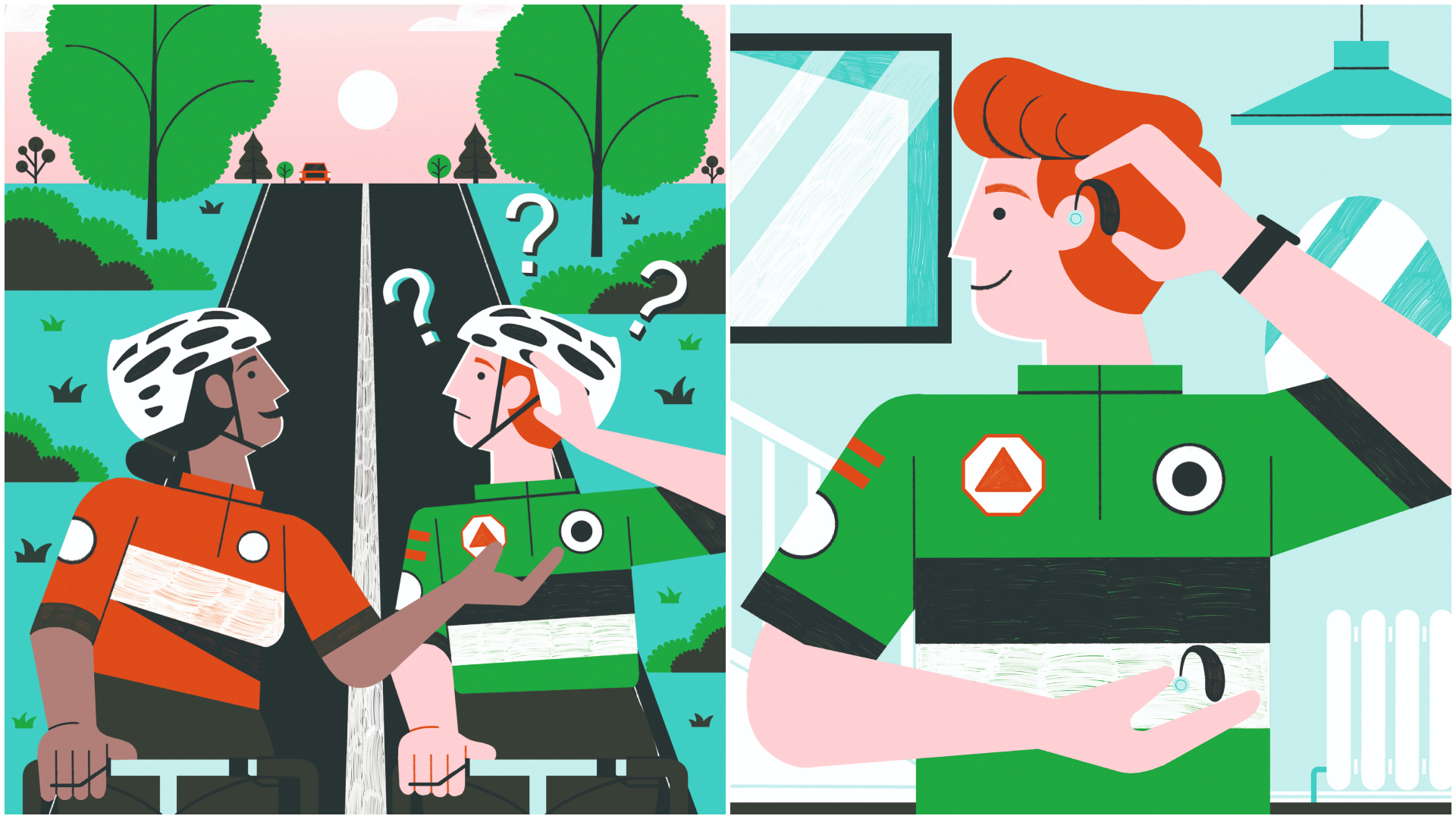 ‘Even at 10mph you’re actually causing some noise trauma to your ears’: cycling and hearing loss
‘Even at 10mph you’re actually causing some noise trauma to your ears’: cycling and hearing lossStruggling to catch all the banter on group rides can be frustrating – but it shouldn’t be a source of shame or stigma. Chris Marshall-Bell calls for greater openness around hearing loss
By Chris Marshall-Bell
-
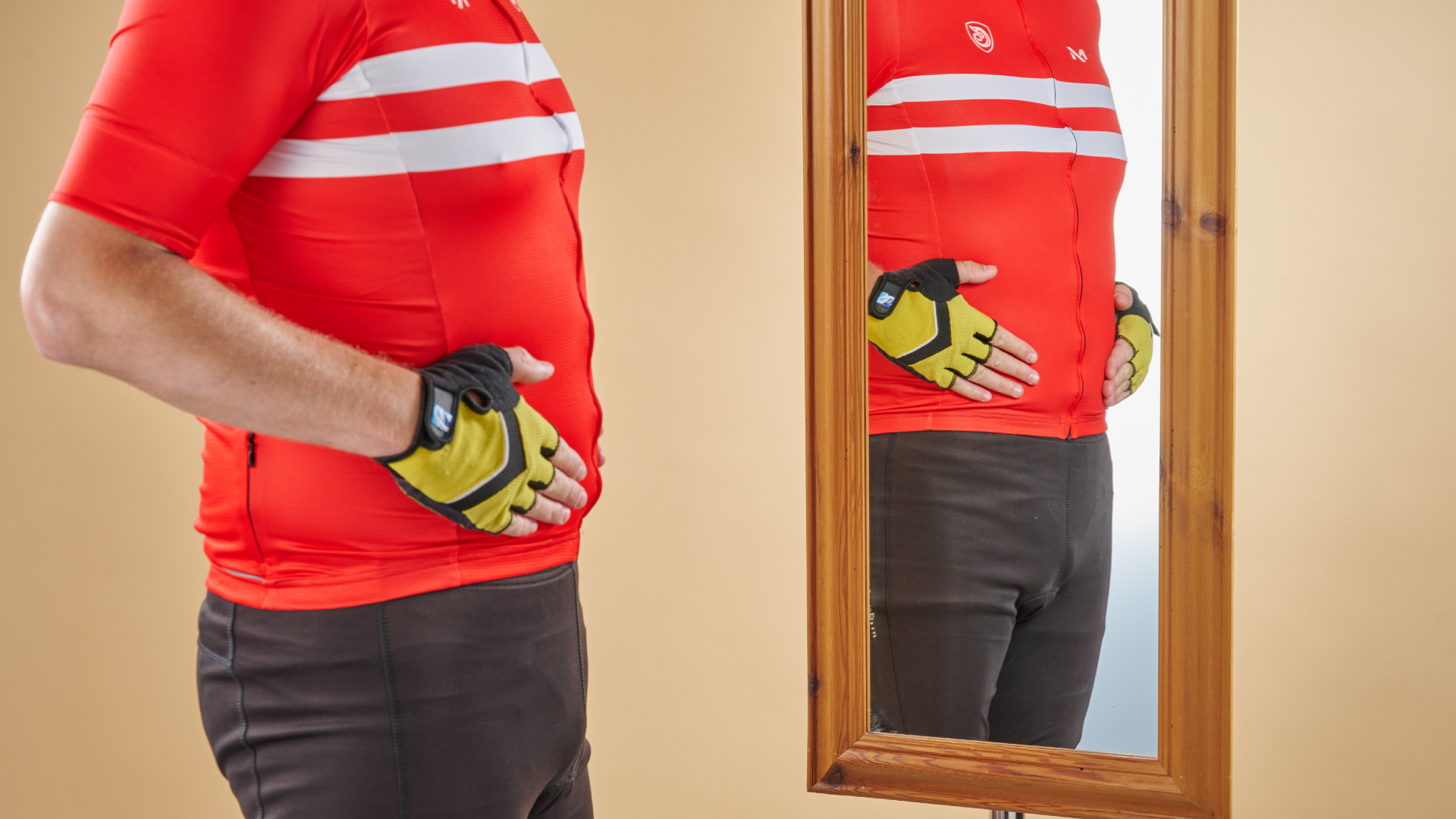 Cycling has a body image problem: what’s causing it and what you can do about it?
Cycling has a body image problem: what’s causing it and what you can do about it?Looking sleek, stylish and fast is an integral part of cycling, but brings with it a pressure to conform. Chris Marshall-Bell breaks the taboo on the sport’s body-image troubles
By Chris Marshall-Bell
-
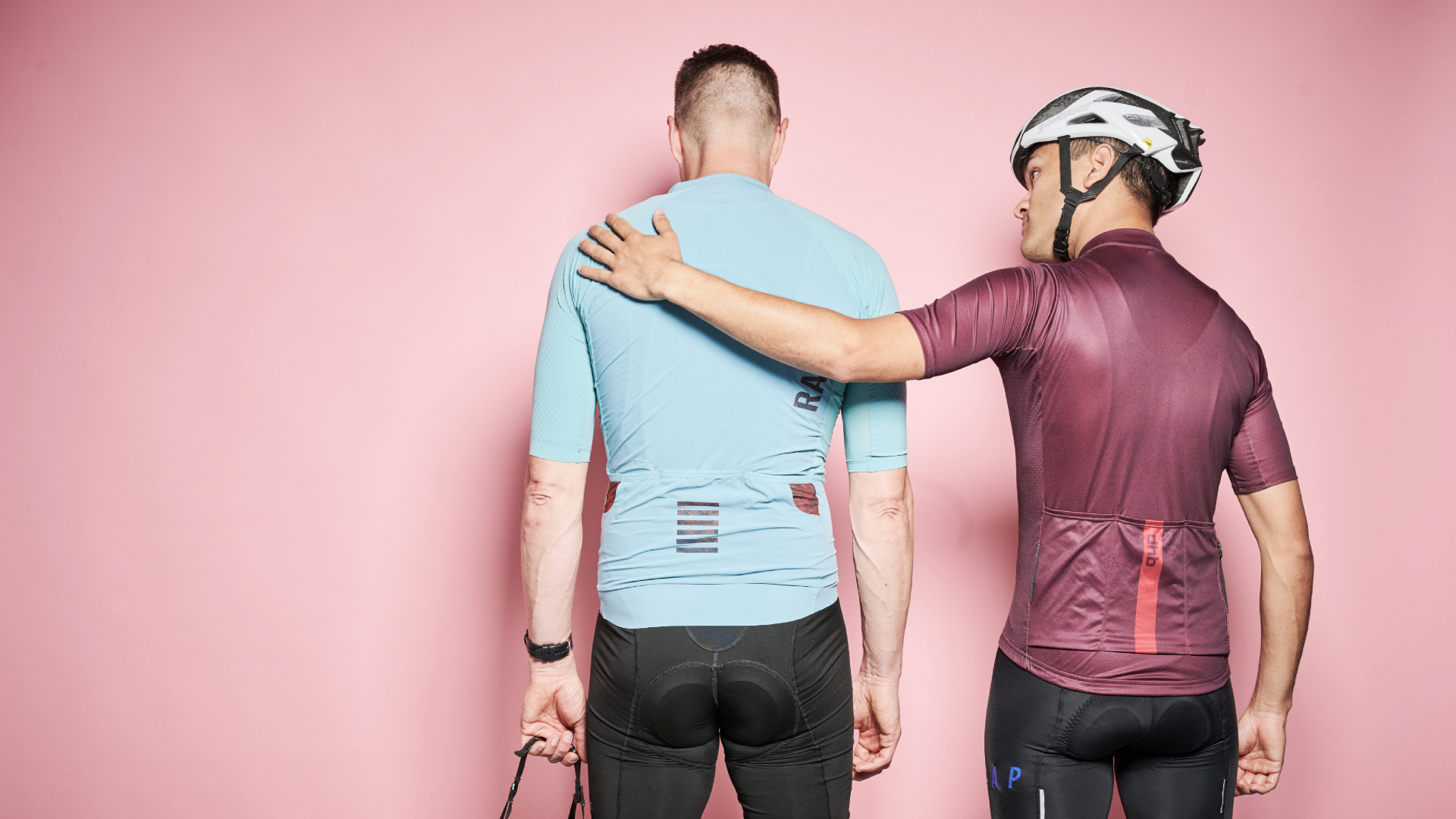 ‘Everything got a little bit better’: the role cycling can play in the grieving process
‘Everything got a little bit better’: the role cycling can play in the grieving processAt some point in our lives, every one of us will be affected by bereavement. we find out how cyclists can help one another through the grieving process
By Chris Marshall-Bell
-
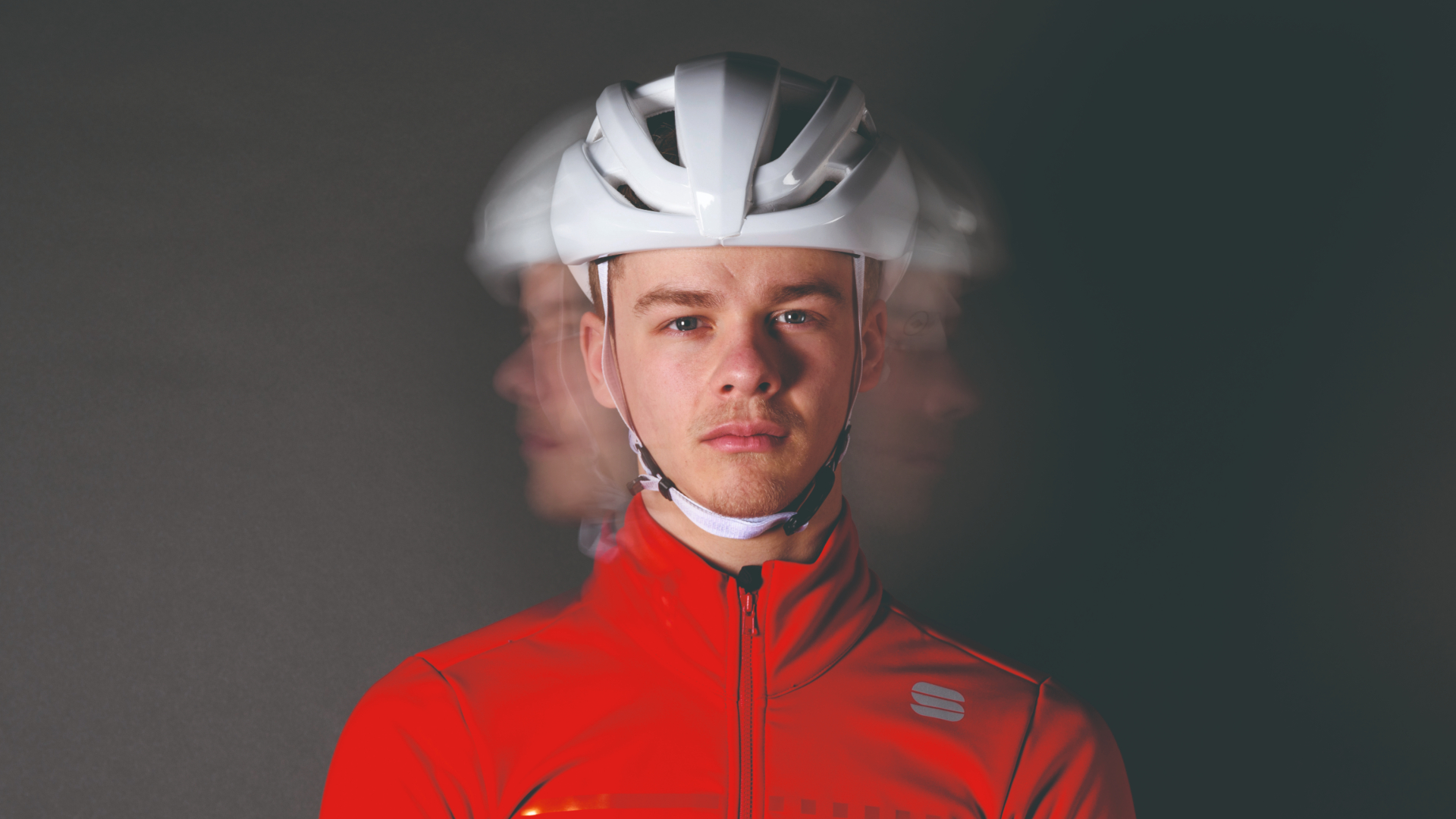 Concussion is a feature in 90% of cycling head injuries - here’s what you need to know about the symptoms and recovery
Concussion is a feature in 90% of cycling head injuries - here’s what you need to know about the symptoms and recoveryOne of the most common cycling injuries, concussion is a warning sign that the brain has been subjected to potentially damaging g-force
By Josephine Perry
-
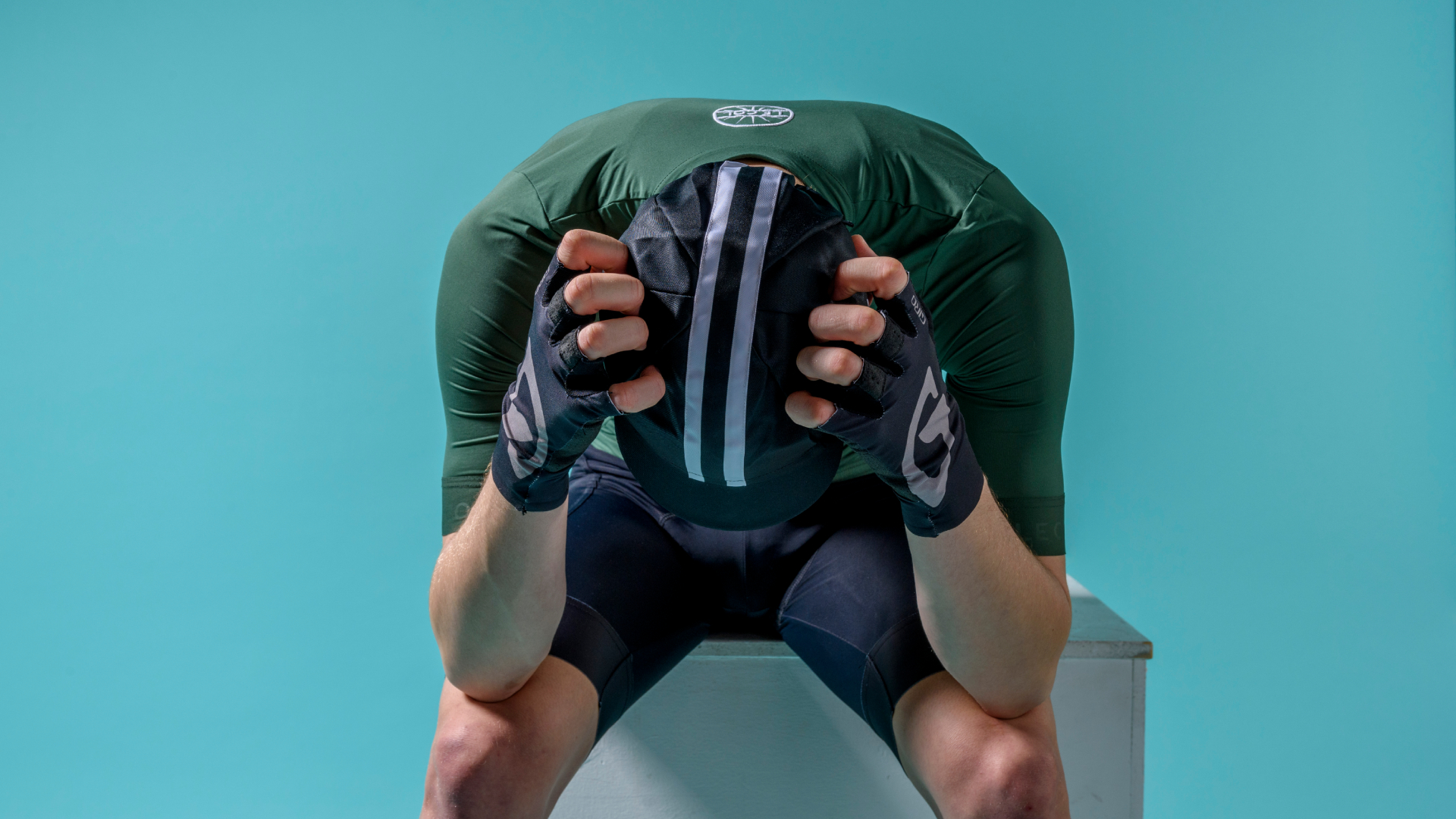 How to master your cycling-related nerves - from social anxiety on group rides to performance anxiety on race day
How to master your cycling-related nerves - from social anxiety on group rides to performance anxiety on race dayPre-race nerves are normal, possibly even helpful, but what if fears and unease begin to take the joy out of your cycling? We explore the troubling topic of anxiety
By Chris Marshall-Bell
-
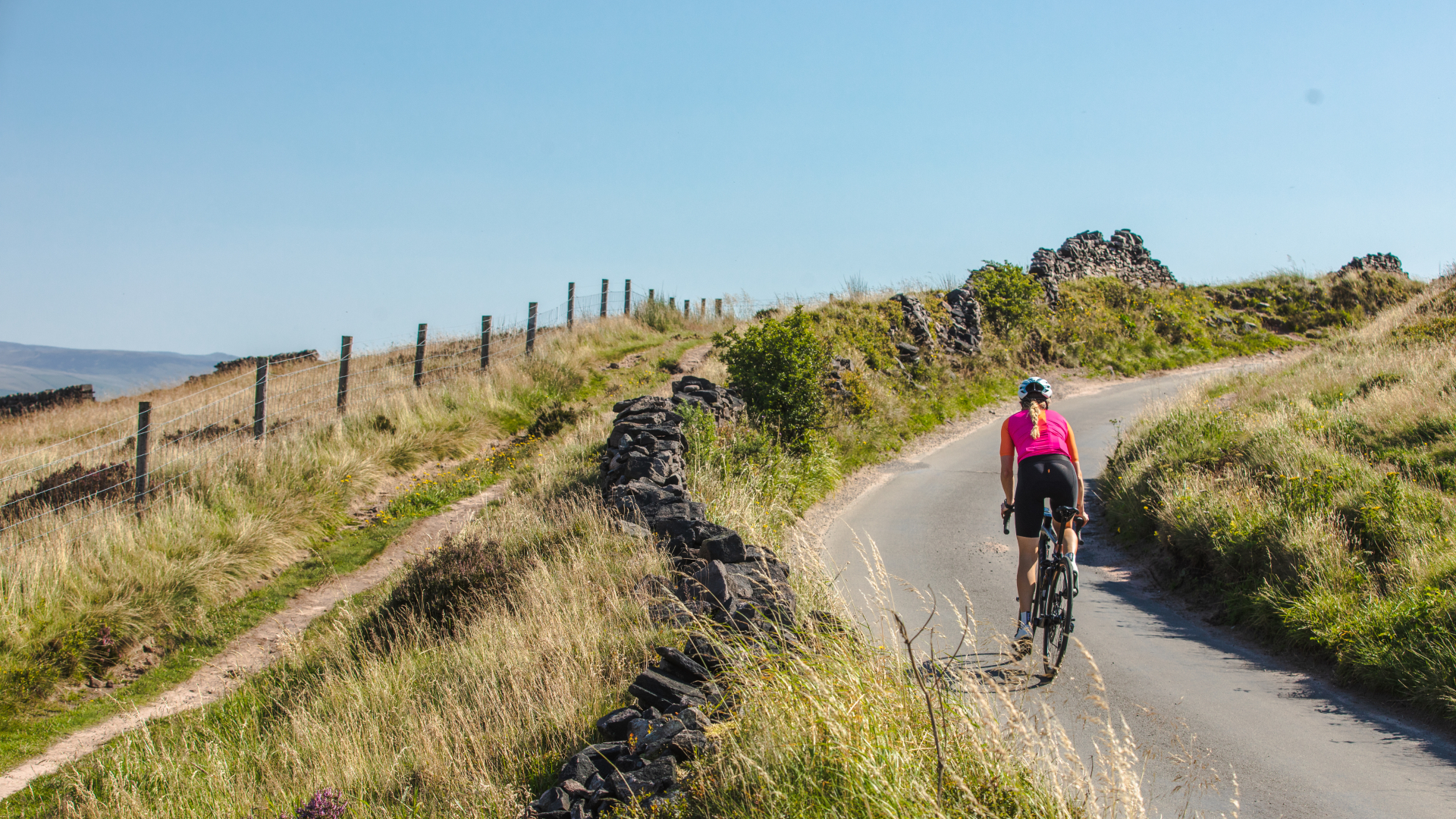 Should cyclists be worried about skin damage? All you need to know about protecting yourself from harmful rays
Should cyclists be worried about skin damage? All you need to know about protecting yourself from harmful raysAs high summer approaches, promising long hours of sun-drenched cycling, here’s what you need to know about the dangers posed by the sun and how to reduce the risk
By Chris Marshall-Bell
-
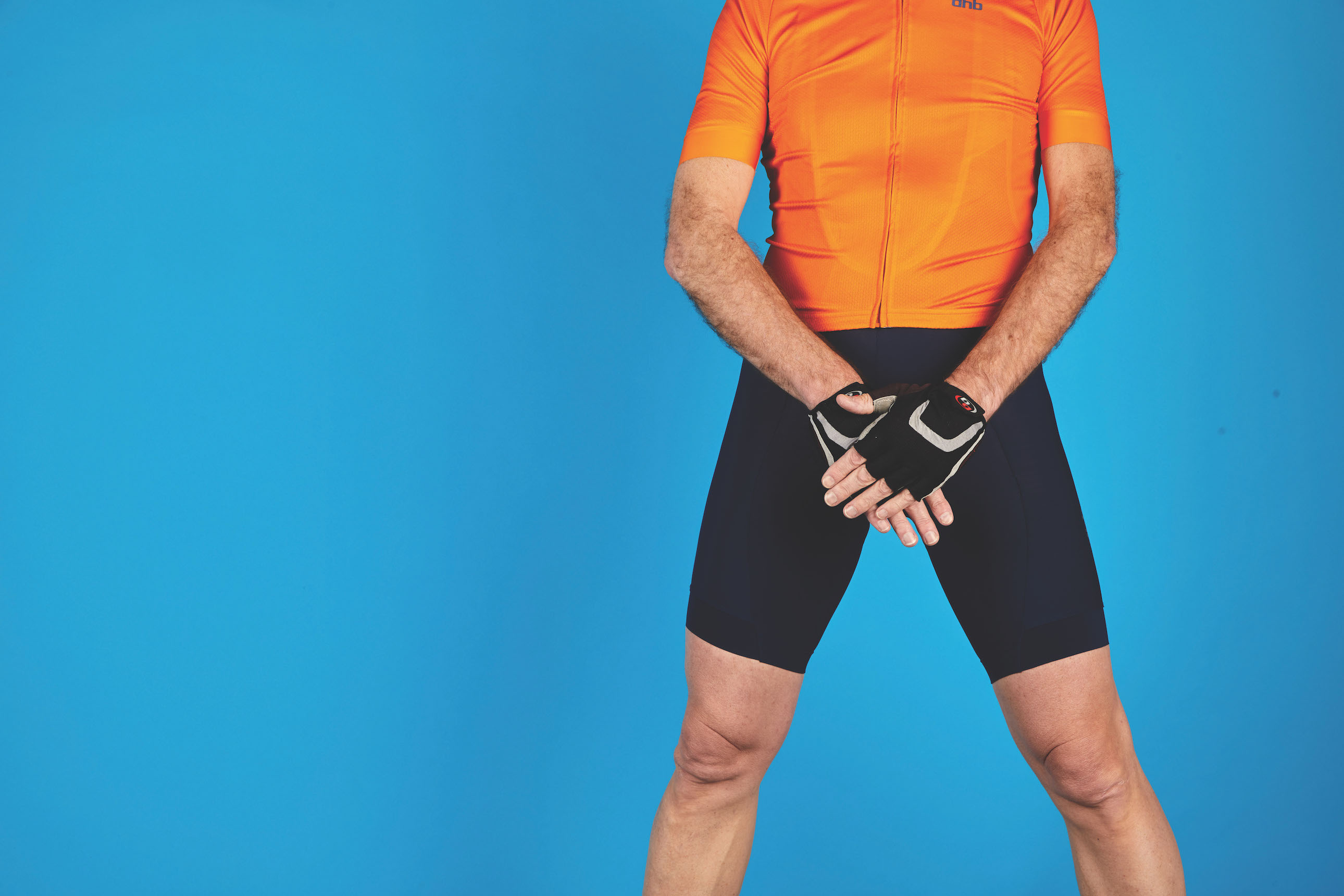 Herpes, numbness, erectile dysfunction: Cyclists bare all on uncomfortable issues 'down there'
Herpes, numbness, erectile dysfunction: Cyclists bare all on uncomfortable issues 'down there'Long spells in the saddle can put our nether regions in jeopardy – but most of the risks can be prevented or at least managed. Chris Marshall-Bell tackles the taboo
By Chris Marshall-Bell